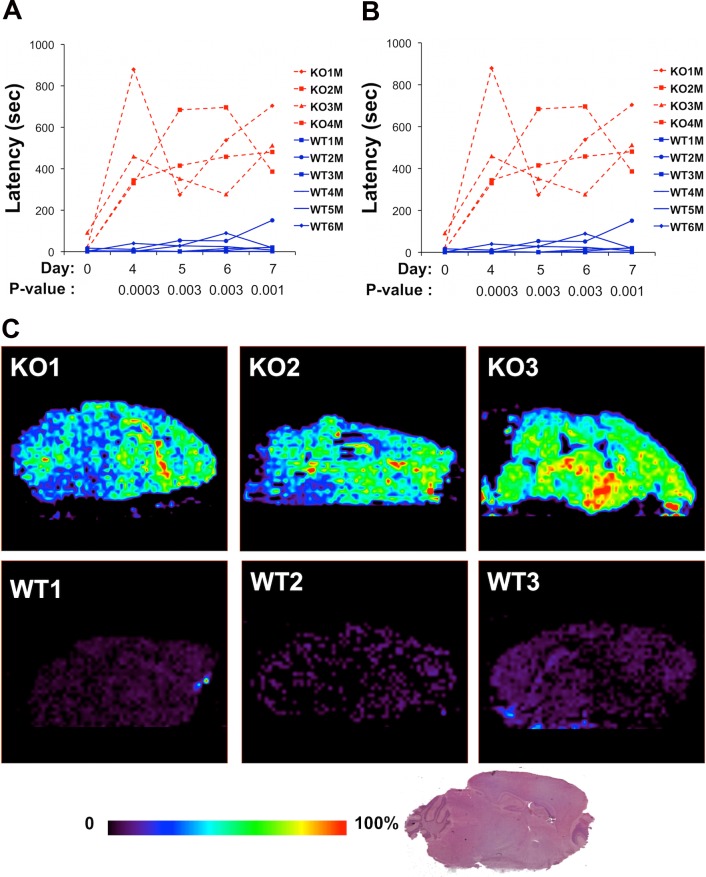Fig 5. (A, B) Abcb5 knockout mice have a prolonged haloperidol-induced latency.
In two independent experiments shown in (A) and (B), Abcb5 knockout mice and wild-type littermates (gender indicated by male or female) were treated with haloperidol (10 mg/kg IP) for 7 days, and the haloperidol-induced latency was measured on the indicated days. In both experiments, the latencies in Abcb5 knockout mice were significantly prolonged relative to wild-type mice after 4, 5, 6, and 7 days of haloperidol treatment. The p-values comparing the latencies measured in the Abcb5 knockout and wild-type groups are shown for each treatment day. (C) DESI-MSI of haloperidol in brain tissues of Abcb5 knockout (n = 3) and wild-type littermate (n = 3) mice. The mice were treated with haloperidol (10mg/kg/day IP) for 4 days, and brain tissues were collected 4 hours after the last treatment. The amount of haloperidol was analyzed by DESI-MSI on 20 μm brain sections, and the relative abundance of haloperidol is indicated by the color shown in the scale bar. The HE-stained brain section shown at the bottom shows the sagittal plane analyzed. Abcb5 knockout mice have a 7-fold increased brain haloperidol level relative to wild-type littermates (p = 0.02).

